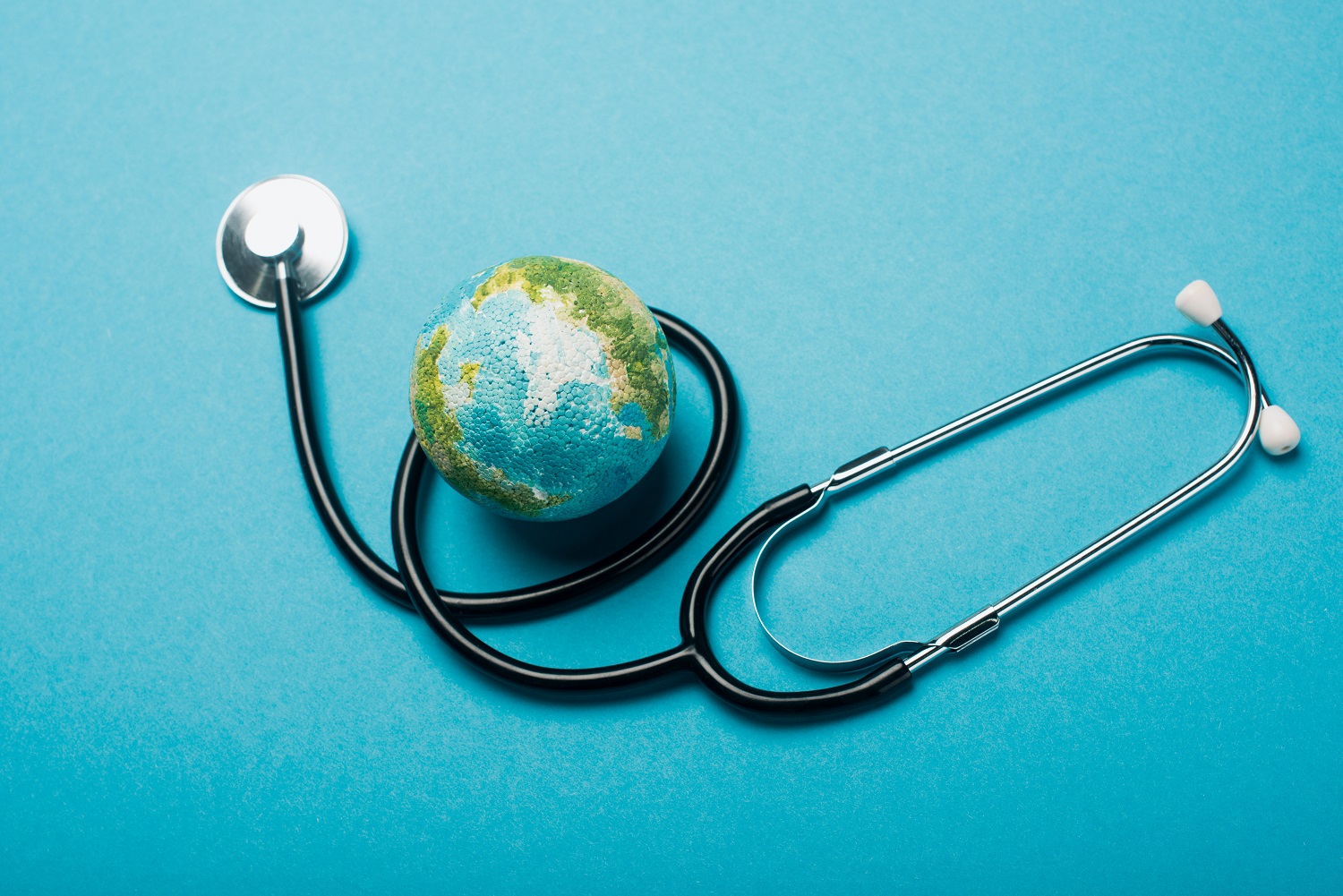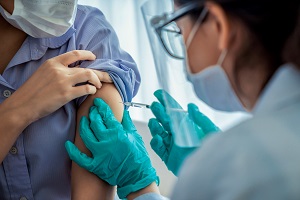Recommended

CGD NOTES

Blog Post
For the first time since 2011, Gavi, the Vaccine Alliance, will have a new CEO at its helm. Today, Dr. Muhammad Ali Pate was named to replace Dr. Seth Berkley; Dr. Pate’s term will begin in August 2023.
During this long period of leadership stability, there has been enormous growth in Gavi’s funding and staffing, even through the stormy waters of COVID-19, with enough vaccines delivered to legitimately claim millions of lives saved. Dr. Pate will arrive with a strong financial base, the ability to shape the 2026-30 strategy, and time to prepare for the next replenishment cycle.
Dr. Pate will need to find opportunities amongst the challenges that lie ahead. Global health institutions are being reshaped by demands for different governance arrangements. There’s fatigue and burnout among staff at Gavi and at partner institutions, who worked tirelessly, heroically even, through the COVID-19 pandemic. They worked against vaccine nationalism to rollout historic volumes of COVID vaccines but with limited success in attaining vaccine equity between countries. And there’s a burgeoning fiscal and debt crisis in the countries Gavi serves that will complicate its ambitions for new vaccine rollouts, amidst new competition from climate, the war in Ukraine, and other priorities in its donor countries for aid funding.
Based on our experiences with Gavi over the past 20 years, we offer an initial list of opportunities for the next CEO of Gavi:
1. Renew the relationship with African countries. When the COVID-19 pandemic was at its peak, Gavi (and other global health institutions) got sharp feedback from some African leaders. They said simply: “there are too many conversations about us without us and we need to be directly represented at the table where the negotiations happen, and we want to name the institutions that represent us there.” The new CEO, together with the board chair, have an opportunity to renew this relationship with Africa and in the process leverage the emerging regional cohesion to drive greater country and regional ownership for immunization financing, procurement, distributed manufacturing, and most importantly, results.
2. Address the inequality gap. Aggregated data showing high immunization coverage at a global level hides major inequalities in full and timely immunization. Despite global proclamations of over 80 percent of children immunized worldwide, many places have never managed to vaccinate even half of their kids consistently. Focusing on serving children and families in these “zero-dose” communities is an opportunity to spark innovation and engage local leaders and solutions. If it were easy, it would have already been done, and breaking through institutional interests and engaging new partners in the process will be required. The new CEO will be told many times by existing partners, “we already know what to do if we just had the money.” One early opportunity for the new Gavi CEO is to deliver a compelling vision for how and with whom this final equity frontier will be approached. It’s a unique opportunity to take leadership on gender equality and diversity and to actually “put the last first” in development.
3. Proactively reset the global/regional balance. For over 20 years global vaccine financing, procurement, and manufacturing have been supported successfully by a “three-legged stool” of Gavi, UNICEF, and WHO. Gavi pooled fundraising and financing in ways that provided predictability to manufacturers, countries, and donors. UNICEF leveraged that financing to pool demand and shape better deals through their procurement service at the global level. And WHO’s pre-qualification status helped assure regulatory quality of every vaccine purchased by UNICEF with Gavi (and country) finances. WHO’s SAGE committee provided evidence-based recommendations for the roll-out of the vaccines. In short, this troika raised the bar on vaccine quality while increasing monopsony power to drive better deals for countries and predictable financing for companies.
Yet COVID disrupted each leg of the stool. Countries selected and bought vaccines before WHO pre-qualified and recommended them, and countries also procured vaccines through bilateral deals and donations, and through regional/subregional mechanisms like the African Medicines and Supplies Platform without Gavi financing or UNICEF procurement. The next Gavi CEO will have the opportunity to forge a new way forward with a more decentralized and regionally owned approach to procurement and financing.
4. Bring a clear and focused vision to Gavi’s agenda. Gavi will have many opportunities for impact in the next strategic period. And like all good financial managers, the board will likely tell it, “Gavi, you have enough resources to do anything but not enough to do everything.” The board will be looking for clarity in priorities and understanding where trade-offs are made. Should Gavi continue to add new vaccines or double-down on existing ones? Remain focused on children or expand to life-course vaccination given HPV, RTS,S and C19 vaccine? How to think about the scope of engagement with middle-income countries, both formerly Gavi and never-Gavi? The board’s retreat in early 2024 is the next CEO’s opportunity to set a vision for the organization, gain alignment with the board, and drive the next strategy process.
5. Radical simplification. Gavi's processes are over complicated and take too long. It's nearly impossible to learn if a strategic approach to strengthening immunization systems is working within a five-year strategy if it takes more than a year from beginning of a discussion about strengthening systems to getting a check cut for the work and even longer to implement with that money. These internal processes need to be shortened from months to days. In addition, COVAX grew in parallel to Gavi’s routine immunization work and needs to be integrated. The next CEO can streamline the organization in ways that allow it to try more innovative approaches, learn more quickly, be a better partner to countries, and set an example for the rest of global health.
Disclaimer
CGD blog posts reflect the views of the authors, drawing on prior research and experience in their areas of expertise. CGD is a nonpartisan, independent organization and does not take institutional positions.
Image credit for social media/web: Adobe Stock





